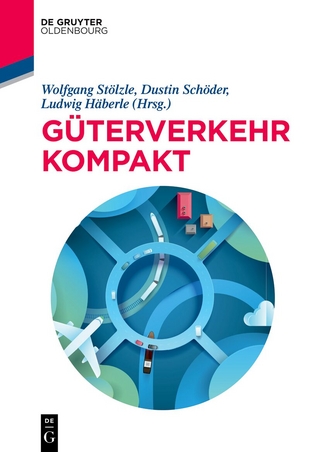
Knowledge Production Modes between Science and Applications 1
ISTE Ltd and John Wiley & Sons Inc (Verlag)
978-1-78630-807-8 (ISBN)
After an idea is formulated, these contexts bring small elements of science into play, but above all human aspects ranging from motivation and the quality of exchanges to responsibility. In short, it is a possible dynamic way of living together to promote innovations stemming from science. This is not easy, but if the invention is profitable for society, the downstream sector can greatly facilitate the various stages of commercialization.
Jean-Claude André is an ENSIC engineer and CNRS director, and has been involved in the research into light-matter interactions, which has led him to 3D and 4D printing. These examples have been matched by industrial transfers through support for startups.
Foreword: Additive Manufacturing: From 3D Printing to Bio-printing vii
Preface xi
Introduction xxxv
Chapter 1 Invention: Creativity to Proof of Concept 1
1.1 Introduction: concepts and the innovation “valleys of death” 1
1.1.1 A look back at creativity 8
1.1.2 Creativity, disruption and crisis 10
1.1.3 Methods for developing creativity 23
1.1.4 Estimating creativity 25
1.2 Proof of concept 27
1.2.1 Integrating an idea into a (hopefully) rational framework 28
1.2.2 A transition to POC 33
1.2.3 Basis for building a POC 39
1.3 Interdisciplinarity and heuristic approach 47
1.3.1 Theoretical considerations 49
1.3.2 Heuristics and interdisciplinarity 53
1.3.3 Some constraints to overcome 56
1.3.4 In practice 59
1.4 Conclusion 63
1.5 References 65
Chapter 2 From Invention to Innovation 85
2.1 Preamble 85
2.2 Introduction 91
2.3 Methodologies to be put in place 98
2.4 Innovation policies 103
2.4.1 An ambiguous situation 106
2.4.2 Technological paradigms 110
2.4.3 Innovation ecosystems 113
2.4.4 Innovation accelerators 116
2.5 Innovation models 117
2.5.1 Open innovation 120
2.5.2 Knowledge management 122
2.5.3 Research versus industry 125
2.5.4 Design-thinking 127
2.5.5 Fab-Labs 131
2.6 Inventing/innovating 134
2.6.1 General framework 135
2.6.2 Innovation and responsiveness 142
2.6.3 Innovation programming 149
2.6.4 Innovation positioning 151
2.7 Standards, standardization, various filters 152
2.7.1 Norms and standards 153
2.8 The question of industrial disruption 155
2.8.1 Disruption conditions 157
2.8.2 Local changes, systemic changes 158
2.8.3 Convinced? 161
2.9 References 164
Conclusion of Volume 1 185
Index 187
| Erscheinungsdatum | 15.03.2024 |
|---|---|
| Verlagsort | London |
| Sprache | englisch |
| Gewicht | 685 g |
| Themenwelt | Technik |
| Wirtschaft ► Betriebswirtschaft / Management ► Logistik / Produktion | |
| ISBN-10 | 1-78630-807-X / 178630807X |
| ISBN-13 | 978-1-78630-807-8 / 9781786308078 |
| Zustand | Neuware |
| Haben Sie eine Frage zum Produkt? |
aus dem Bereich


